|
Make yourself a perfect cup of tea and put your feet up. Shopping from home is the best! Here are some 2021 holiday gift deals for tea lovers on your list (or yourself) that Tea Deviant has actually experienced. Some are Christmas focused where others work as gifts for all faiths and celebrations. Award Winning Japanese Green Tea (& Coffee) Japanese Green Tea gave Tea Deviant a 20% off coupon code for Black Friday through to Cyber Monday: teadeviantbfcm2021 This code is good from 2021/11/25 11:00PM PST to 2021/11/29 11:59PM PST and it works on both Japanese Green Tea Co. and Japanese Coffee Co., covering both tea and coffee lovers on your holiday list! I am proud to be an affiliate for this company. A Global Tea Championship Winner three years in a row, this company has exceptional Japanese green teas on offer - beautiful gyokuro, matcha, sencha. One of my favorites is the powdered Green Tea with Japanese Orange (Mikan). This tea was created when the Arahataen Tea Farm, where Japanese green Tea Co. sources their teas, partnered with Japanese high school students for a year. They taught the students farming and in turn learned about their taste preferences. Japanese Green Tea Co. then created teas that suited the young Japanese palate. Shipping rates: JapaneseGreenTeaIn.com – Free Shipping within USA only; international depends on location Japanese CoffeeCo.com – Free Shipping for orders above $100 (worldwide) They have a specific site for customers in India also: https://www.japanesegreentea.in/ Christmas Themed Tea to Fandom Tea to Fine Single Origin TeaIt’s more than just one days of sales over at Adagio Teas. They’re having a Black Friday week! They have a wide variety of teas to please a wide variety of palates. Get $5.00 off for entering your email, free shipping on orders over $25 and free gifts for certain order thresholds. Their holiday offerings include the 12 Teas of Christmas gift. The box has one metal ornament for each of the twelve days each with a different tea. Give the whole box as a gift or top your presents with an ornament each. Their Christmas Advent Calendar is a way to enjoy a new tea every day December 1st to the 25th. Get one for yourself and a friend and use it as a way to connect. If they’re far away you can plan video calls with them discovering a new tea together. They have holiday themed teaware and individual teas. If you love Terry’s Chocolate Orange you’ll love Puerh Chorange. Reindeer Fuel is a limited edition energy packed blend that includes black tea and mate along with mint and cacao. The blend is well balanced and makes a delicious tis-the-season latte. I am not an affiliate for Adagio, but I have tried many of their teas and they are a solid brand. Celebrate the Holidays in Japan Without Leaving HomeI know we’re all tired of the pandemic, but some innovations have evolved from it that we may not otherwise have had. Arigato Japan, a foodie tour company in the country, developed live virtual tours in answer to the travel restrictions that ensued. I attended one of their online tea experiences early this year. It felt good to have something new to engage in connecting with other tea lovers from all over the world in the midst of such limited pandemic contact. They are having a Christmas and New Year in Japan experience online available now through January 5th 2022. It is a historical and cultural dive into the holidays in Japan with a local virtual guide that lasts one hour and fifteen minutes. This is a family friendly tour. In anticipation of the return to travel to Japan, Arigato are also offering a 15% discount on their in-person tours with the coupon code BF2021AJ at checkout from November 26th to November 29th, 2021. It is good on all tours in 2022 except for the Ultimate Ramen in Tokyo. I am not an affiliate of Arigato Japan though I have enjoyed one of their virtual experiences and think it is a smart, innovative way to keep connecting with the country. I’ve been told I have hyperosmia, an increased sense of smell. Though I haven’t had it clinically diagnosed, having an intense sensitivity to scent is a mixed blessing. When I’m the only one woken out of a sound sleep by the smell of something burning, or my nose is being exfoliated by the smell of a cleaner it’s more of a curse. In regard to tea and other beautiful aromas it is a sensory joy ride! I can smell some of the nuances others miss. I get a jolt of energy from pleasing smells like tea. By that I mean the tea itself, whether white, green, yellow, oolong, black, puerh or a blend. No flavoring needed. Turning to a friend with excitement over the subtleties in a new tea to be greeted with “I can’t smell it,” is a bit disappointing I admit. I wish they could experience the joy I am having, and that I didn’t feel so alone in having it. I wouldn’t change it though. I often choose what tea I am going to have next from my stash by smelling it first. That visceral reaction in the moment tells me what I am most ready to enjoy right now.  Perfume, Cologne and Tea This “super smeller” tendency affects how I experience perfumes and colognes. I am much more sensitive to synthetics and intense commercial fragrances. Oils and colognes that are more natural are what I go for. When I discovered Demeter fragrance had tea scents in their library of 300+ fragrances I felt a jolt of excitement. They aim to be as simple and natural as possible. Their colognes are described on their website as:
Demeter is known for their single note scents that can be used alone or layered to make your own signature scent. Tea-wise I was pleased to find their basic Black Tea and Green Tea scents. The fact they have Baihao Yinzhen Tea and a Silvery Tip Pekoe Tea caused me to do a double take and wonder how I had thus far missed out on this awesomeness. I chose to try the Black Tea and the Silvery Pekoe. The Black Tea smelled more like a pleasing blend than a single origin like Golden Monkey or a smokey Keemun. The SIlvery Tip Pekoe, was more nuanced with elements of light grass, vegetal notes and white flowers. It is based on Chinese white teas from the Fujian and Zhejiang provinces. 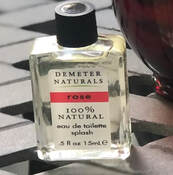 The rabbit hole sucked me in, and after looking through all 300+ plus scents I felt inspired to some layering. I drink more straight tea than flavored ones, but I do love rose black tea. I love rose ‘anything’, really. There is something about roses. They are romantic, timeless, and there are so many varietals I can get lost in the nuances of their fragrance rainbow for hours. So, I also chose Demeter’s main Rose scent going for a blend of it with their Black Tea. The combination smelled so delicious I wanted to steep myself in hot water. The Transporting Nature of Scent
To me scent is not just about how ‘pretty’ I smell but about creating a doorway to an experience. Some scents are more for putting in a special drawer or creating an atmosphere than wearing to a party. I love the smells of plants, forests, and water. Demeter has many such fragrances like Grass, Ocean, and Rain (inspired by “In The Rain” by e.e. cummings). Even more location specific ones like Provence Meadow. Firefly is described as “an early northeastern spring evening at dusk”. Creating the feeling of a memory or experience through scent intrigues me. I layered Wet Garden with Silvery Pekoe and it was like having tea outdoors surrounded by freshly watered flowers. Demeter goes beyond common smells to the nostalgic and imaginative. Spacewalk is inspired by the description of space by the astronauts who have been there. How about some tea in space? Play-doh and Crayon can transport you to childhood memories or memories of your children. There are even such scents as Puppy's Breath, New Baby and one I had to try (and one of their most popular) Kitten Fur. Now I don't think these have any distilled essence of baby or kitten, but I can say Kitten Fur has a bit of that unique smell that healthy little furries have. You know that popular TikTok and IG trend when people sniff their kittens to a pre-recorded sound of someone sniffing something satisfying? It is that idea in a bottle. With all of these possibilities I am interested in trying more layers. The experience of reading a good book while sipping a cup of tea with my cat on my lap, blending: Paperback, Green Tea and Kitten Fur. How about an afternoon tea experience with Scottish Shortbread, Black Tea, and Raspberry Jam? Making it Last Scents that are natural do fade faster. There are ways of extending the experience like layering different products with the same scent. Demeter has body lotions, colognes and perfume oils in each of their scents. I have had success with that kind of layering before and am eager to try it with Demeter. The images in this post are all mini cologne splashes but purse sprays, large cologne sprays, perfume oil rollers and hand sanitizers are also available. This is not a sponsored post, though I wish it was considering how much I have enjoyed these products. I always wish you great adventures in great tea. This time I wish you great tea-scented ones. Let me know if you plunge down the tea fragrance rabbit hole. There are more tea scent encounters coming on Tea Deviant. Let me know if you indulge in the world of tea scents. Cheers! Happy International Tea Day! Sometimes it's the adventure that calls, and other times it's the chill. Steeping tea is relaxing to me both to do and to watch. It calms my mind and my body and I hope it will do the same for you. This session is without music, along the lines of ambient and ASMR experiences it is just the sounds of the tea making, the water, the room the movement.
I am steeping a milk oolong here. It isn't a super high quality one so I only did four rounds in this gongfu inspired session. The creaminess disappeared quickly, but gave way to the feeling of a beach at the ocean with the salt water flowing over slate. The leaves did a beautiful unfurling in the water. Enjoy. This is not a sponsored post 3/12/2021 Tea Cocktails with Tea BittersI am not ashamed that during this past year as an artist I became a member of the covid cocktail club (can I hear a “yes” from my fellow members?) I’ve often used tea in cocktails and to infuse spirits, but not long ago I discovered a new way to get tea in my more potent drinks - tea bitters. Thanks to moderate reopening I was at an awesome vintage bar with a friend. This place has actually been around since the 1700s and has so far survived the pandemic. I was looking for something simple, so I went for vodka and soda with bitters on the rocks. I asked about the bartender’s selection of bitters. That got me wondering if there are any tea bitters out there. Smart phone at the ready I found a few of them. One was chai-based with a ton of spices and another where the tea seemed like a background player. But then I found 18-21 Earl Grey tea bitters. That sounded much more like tea was the star (as it should be), so I tried them out. They weren't as Intense or aromatic as I thought they would be. There are many versions of Earl Grey out there and this is more a subtle version than a triple bergamot version, but still a tasty easy way to get a tea buzz. I found myself using more than just a few drops of them in the simple cocktails I was making. First, it was great just having the bitters and vodka over ice with club soda or plain seltzer. Then I started playing around and found a couple of other satisfying combinations. Most of the recipes I found online were more complex than I wanted to be (or had the access to be at the time). Sometimes simple is what’s needed. I played with what I had on hand and came up with the following. One cocktail uses St. Germain liqueur and another, inspired by a tea I used to drink, uses fresh blackberries and fresh sage. The recipes are below. These are our household names for these cocktails. It's 2021, we're not out of the woods yet, so get your tea cocktailing on! Bring Me Flowers and Tea 1 dropper full of Earl Grey tea bitters (or to taste) ½ oz. St. Germaine 1 ½ oz. vodka Top with seltzer or club soda to taste You can either put the top 3 ingredients in a glass with ice, stir and then add seltzer, or put the top 3 in a shaker with ice, shake, strain into glass and then add seltzer. I tried both and prefer the first. Note: Often bitters are used in cocktails as a little extra spice, just a few drops in a recipe. To keep it simple I'm using the tea bitters more strongly here. Alternatively, you could brew a plain black tea in a couple ounces of water, use that in the cocktail with a few drops of these Earl Grey bitters for extra panache. 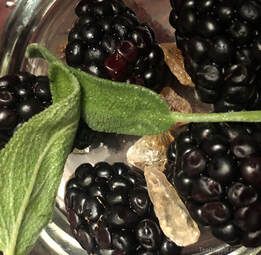 Forest Fresh 4-5 fresh blackberries 2-3 fresh sage leaves Sugar to taste 1 dropper full of Earl Grey tea bitters (or to taste) 1 ½ oz vodka Seltzer or soda to taste Muddle together the fresh blackberries, Sage leaves and sugar in a glass or shaker (If you want a chunky cocktail use a glass, if you want to strain it clear use the Shaker. No judgments.) Add bitters, vodka and ice and either stir if using the glass, or shake and then strain into a glass if using the shaker. Add Seltzer or soda to taste. If you give these a try let me know on Twitter or Facebook. Happy cocktailing! Here are some more entertaining articles from fellow covid cocktailers: https://www.foodandwine.com/cocktails-spirits/cocktail-recipe-get-through-covid-19 https://seacoast.momcollective.com/mom/coping-with-the-coronavirus-5-covid-19-inspired-drinks/ This is not a sponsored post |
AuthorCassandra Vincent CategoriesAll Classic Tea Flavored And Funky For Love Of Tea Herbs Infusions Lifestyle And Health Matcha Meditative And ASMR Sessions Recipes And Uses Specialty Tea Brands Spices Tea Accessories Tea Adjacent Tea And... Tea And A Laugh Tea And Art Tea And Holidays Tea And Music Series Tea And TV Tea Around The World Tea Cocktails Tea Events Tea In Film Tea In History Tea Innovations Tea Pros Tea Shops/Shops With Tea Tea Types Teaware |
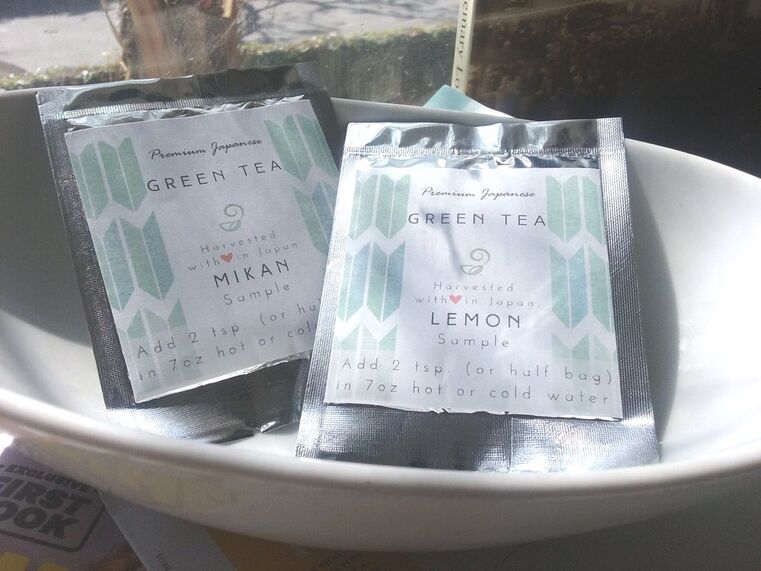
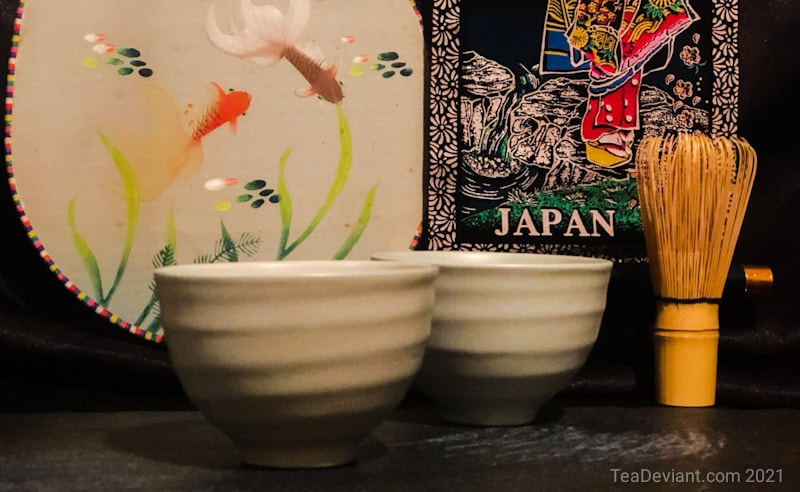
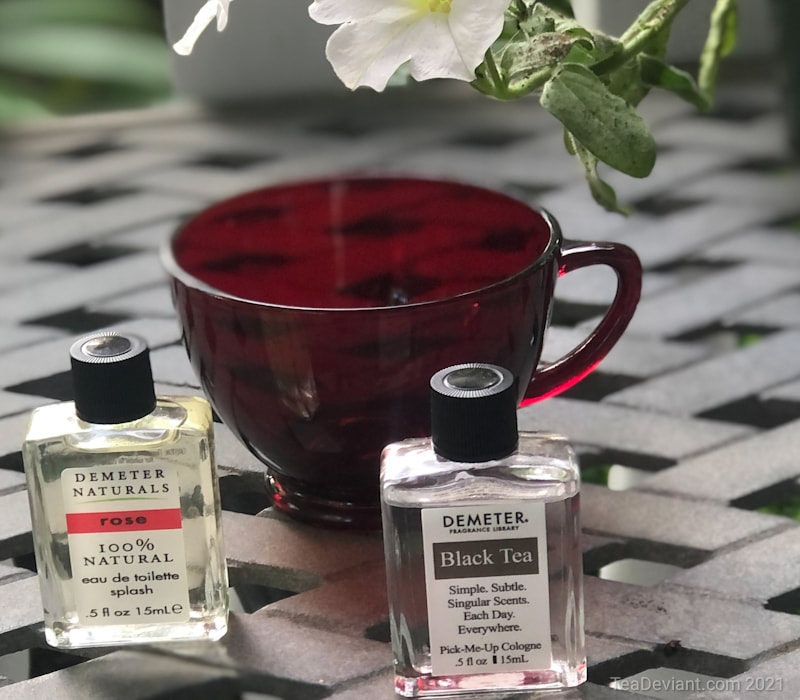

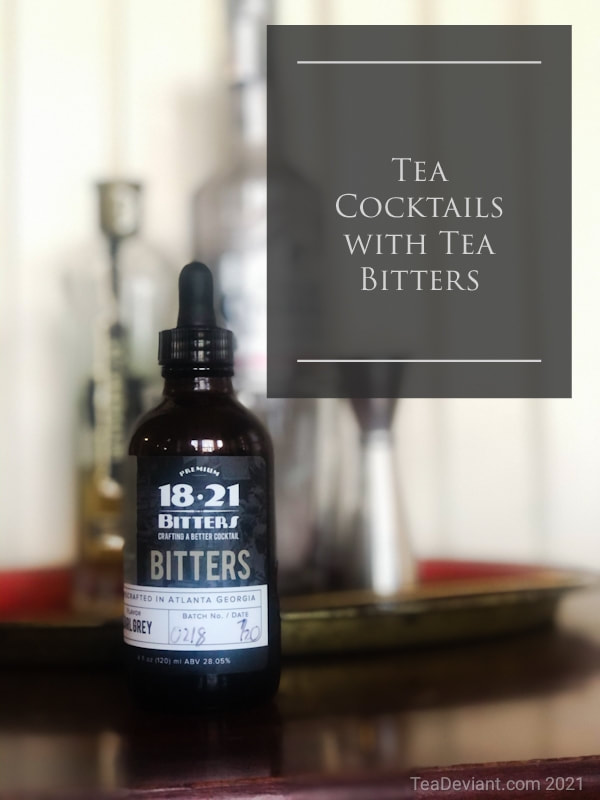
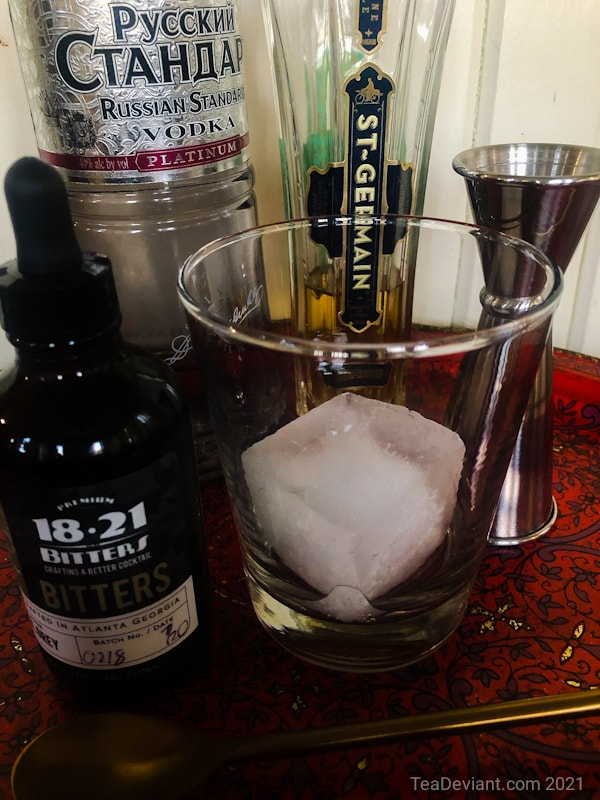

 RSS Feed
RSS Feed